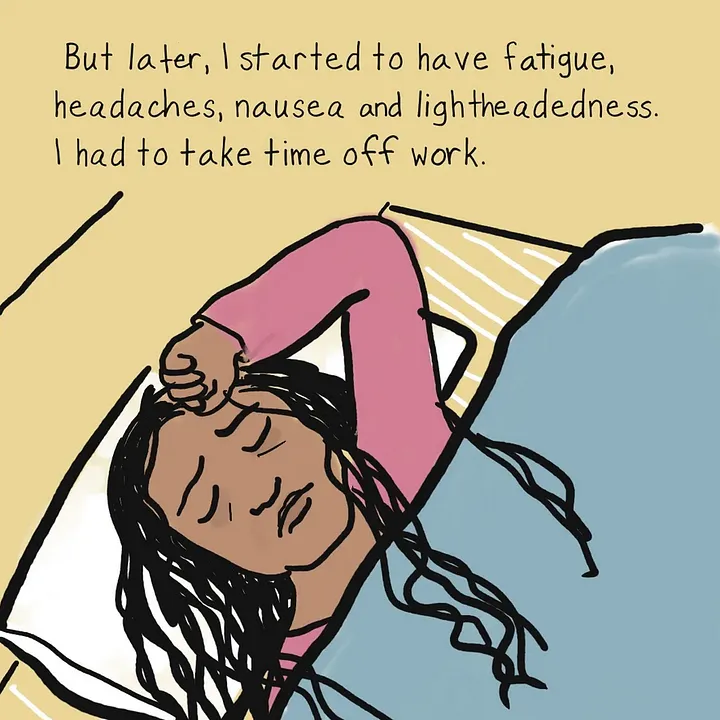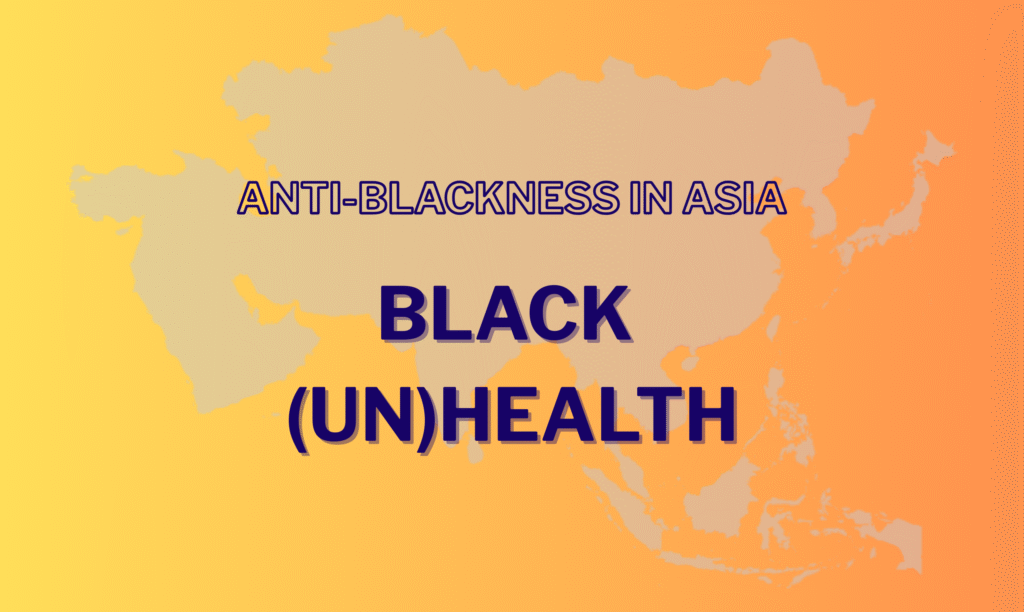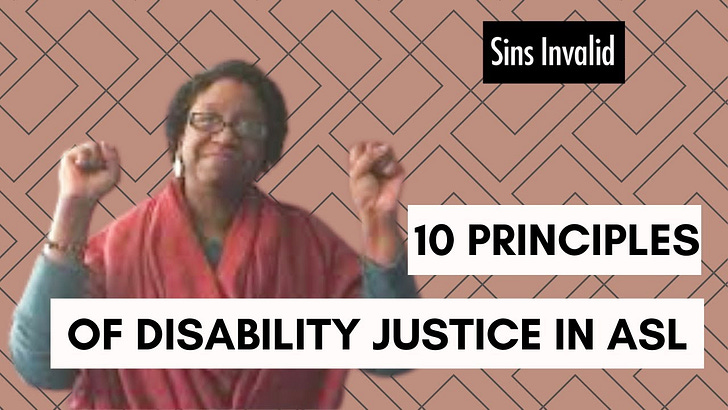Part II of my series on anti-Blackness in Asia
A shorter post today compared to the behemoth of last week! As I mentioned in part one, anti-Blackness is mutually reinforcing with every other type of systemic oppression, including misogyny, transphobia, intersexism, homophobia, ableism, classism, fatphobia, ageism, and much more. But today, I want to draw out some key intersections that play a big part in Asia specifically.
Anti-Indigenous oppression
The connection here is of course evident for Black communities Indigenous to Asia and mixed race Black Indigenous people, but the oppression of non-Black Indigenous people is also intertwined with anti-Blackness. Indigenous folks and Black folks face many similar struggles: genocide, theft of their land and dispossession, being dehumanized and considered “primitive”, being subjected to state violence, facing disproportionate levels of rape and sexual assault, and more.
Caste oppression
Caste systems are forms of social stratification in which people are born into fixed social groups called “castes”; while castes are linked to forms of labor, and caste is often correlated with class, people cannot escape the caste they are born into even if they achieve class mobility – and in fact, casteism requires that lower castes be stuck in forms of labor that are considered undesirable and “unclean”. Most historic caste systems are supposed to be outlawed, but in reality, caste oppression and discrimination still exist.
In South Asia, caste oppression originated in Hinduism, but it now exists across Muslim, Sikh, and Christian communities as well[1]. South Asian caste oppression is not limited to India, but is also entrenched in Pakistan, Bangladesh, Sri Lanka, and Nepal. Dalits, the reclaimed name for castes that have historically been considered “untouchable”, are forced into certain types of labor usually considered unclean or unsafe, subjected to lynching and violence, prevented from intermarrying with people from “dominant” castes, blocked from educational opportunities, and much more. Caste oppression also still exists with the Burakumin in Japan, and the intersection of anti-Blackness and caste is exemplified by the Muhamasheen community in Yemen, who are both racialized as Black and separated as an oppressed caste, and as such are even lower in the social and political hierarchy than other Black Yemenis.
Colorism
Colorism, which is discrimination of people with darker skin colors, even within a single race, goes back centuries. It’s worth noting that pre-modern colorism in Asia did not necessarily have the same implications as it does now, especially given how we define race today – but was a harmful form of discrimination nonetheless. In South Asia, ancient Hindu mythology and texts tie skin color to lower castes and to lower strata and society; similarly, in 4th century BCE China, historical texts like the Zuozhuan correlated dark skin with inferiority. In the Philippines and other parts of Southeast Asia, light skin tones were associated with affluence and beauty.
In the modern era, those dynamics of colorism became entwined with imperialist and white supremacist ideologies, both of which continue to have impacts. Beauty standards in countries as disparate as Vietnam, Saudi Arabia, Malaysia, and India favor lighter skin and Eurocentric features, to the point that darker-skinned people are underrepresented in media, and dangerous “skin-lightening” products are widely used. And colorism goes beyond beauty: having darker skin still correlates with lower social status – see examples from Myanmar, Korea, Singapore, and Yemen.
Xenophobia
Xenophobia, or fear of strangers, can permeate any society, which results in minorities who are considered “foreigners” being treated as dangerous, exotic, primitive, and as threats to social, ethnic, national, or racial identity. Again, xenophobia is not simply prejudice coming from individuals, but part of systemic oppression. Many Asian countries and cultures have attempted to define themselves as homogenous in a way that supports ethnic or religious nationalism – for example, the ideology of Hindutva (Hindu fascist nationalism) attempts to redefine India as a Hindu nation, casting immigrants, Dalits, Adivasis (Indigenous people), Muslims, Buddhists, Sikhs, ethnic minorities, and other marginalized communities as threats to a Hindu state.
While xenophobia impacts most ethnic and racial minorities within a particular country or culture, it tends to intersect with anti-Blackness in specific ways in Asia that don’t necessarily impact other races, particularly white immigrants and visitors – for example, a 2020 survey of foreigners living in Korea found that 66.3% said Black folks faced the greatest discrimination, 30.4% said that non-Korean Asian people did, and only 1.4% of respondents said that white people were the most discriminated against. Similarly, in Singapore, a survey found that only 61.7% of respondents felt that new citizens from African backgrounds were “truly Singaporean”; that may seem high, until it’s compared it their Eurasian counterparts at 83.7%, Indian at 91.2%, Chinese at 96%, and Malay at 96.8%. Black people are cast as outsiders, invaders, or intruders in Asia even if they’ve lived there for a long time, and manifestations of xenophobia manifests also play into anti-Black tropes, as we’ll see in our examples in the next section.
Religious persecution
In places where Muslims are a minority, anti-Blackness and Islamophobia go hand-in-hand. Anti-Muslim racism, or Islamophobia, is deeply anti-Black, which can be seen in Asia in examples such as of Chinese crackdowns on Islam in targeting Black Muslim migrants in Guangzhou show. I should note that in various parts of Asia, people have eschewed the label “Islamophobia” and tried to cast tensions with local Muslim communities as a separate phenomenon – in India, for instance, conflicts between Hindus, Muslims, and Sikhs have long been categorized under issues of communalism rather than as specific anti-Muslim bigotry. However, the Islamophobia from Hindutva supporters in India has definitely gone global and become about Islam broadly, which aligns with the anti-Black roots of Hindutva.
Of course, religious persecution varies based on the context of each country and who the religious minorities are – in Muslim-majority Indonesia, anti-Blackness is instead intertwined with anti-Christian oppression, as most Black Indigenous Papuans are Christian.
Anti-Romani oppression
This is an area I need to research further, and might do a future post on, but I want to touch on briefly here anyway. Anti-Romani oppression is a broad term that refers to teh specific racism experienced by a number of different communities, some of whom are considered sub-groups of Roma people, and other itinerant (or formerly-itinerant) communities who have different ethnolinguistic origins from Roma, but face similar oppression (including historically being labeled with the g slur). In Asia, these communities include Garachi people in Azerbaijan and Turkey; Gurbeti people in Cyprus and Turkey; Arlije people in Turkey; Mugat and Gurbet people in Tajikistan, Uzbekistan, Turkmenistan, Kazakhstan, Kyrgyzstan, Afghanistan, and Turkey; Romani Turks in Turkey; Zargari people in Iran; Lom people in Armenia, Georgia, and Turkey; and more.
Romani and Black leaders and scholars have pointed out that there are some clear parallels and links between anti-Blackness and anti-Romani oppression. English literature scholar Noémie Ndiaye notes that when Roma people first came to Europe in the early 15th century, they were erroneously assumed to be from Egypt (it is now thought they were originally from South Asia). Indeed, Black people and Romani people have many common struggles, including histories of enslavement, systematic dehumanization, hyper-criminalization, lynching, and further intersections of anti-Romani oppression with colorism, Islamophobia, and caste oppression. There are Afro-Romani communities in various parts of the world as well, though I have not yet found much about Afro-Romani people or links between anti-Blackness and anti-Romani oppression in Asia specifically, but I plan to dig into this more.
[1] There is also a strong Dalit Buddhist movement, but to my understanding Buddhism has been largely liberatory for Dalits rather than oppressive.







